
The Malawi Post Disaster Needs Assessment for the 2019 Floods was commissioned by the Government of Malawi with support from The World Bank, United Nations Development Programme (UNDP), European Union (EU) and African Development Bank (AfDB).
The following is a list of all conten labeled as "Health & Health Facilities"

The Malawi Post Disaster Needs Assessment for the 2019 Floods was commissioned by the Government of Malawi with support from The World Bank, United Nations Development Programme (UNDP), European Union (EU) and African Development Bank (AfDB).
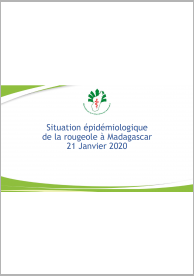
An analysis of the epidemiological situation of the measles in Madagascar in January 2020.

An analysis of the plague in Madagascar between the period from August 2019 to January 2020.

This plan aims to provide a broad framework for health sector action toward adaptation to climate change.

Lesotho experienced drought from the start of the winter season up to date. The results of which is felt across the whole country whereby most of the districts reported water shortages for both human and livestock consumption. Water levels in many water bodies and underground water have been deteriorating since 2012 and this has negative impacts on different sectors.

The National Disaster Management Agency (NDMA) commissioned a Mid-Term Review (MTR) in November 2016 supported by the Swaziland UN Country Office focusing primarily on the period beginning from the National Emergency Response Mitigation and Adaptation Plan (NERMAP) launch (February 2016) to December 2016.
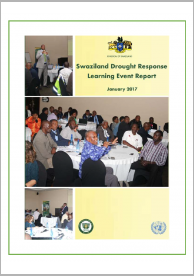
The 2015/2016 El Niño induced drought was the worst the country has experienced in over thirty-five years. In 2016, the National Emergency Response Mitigation and Adaptation Plan (NERMAP) 2016-2022 was developed and implemented with success during the response phase of the first year.
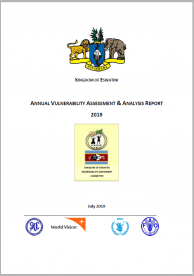
The 2019 Eswatini Vulnerability Assessment and Analysis was carried out between May and June 2019 with a view to provide information on the state of livelihoods and vulnerability with a particular emphasis on the rural areas of the country.
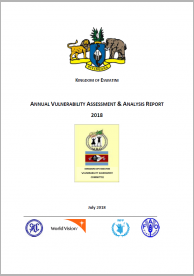
The Eswatini Vulnerability Assessment Committee (Eswatini VAC) conducted the annual assessment in an effort to understand the level of vulnerability at household level countrywide over the 2018/19 consumption period.
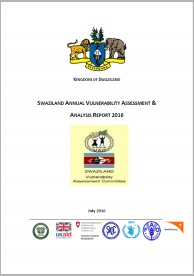
The Annual assessment’s objectives were to understand the status of livelihood sources in the rural and urban areas, thus to determine levels of food insecurity amongst populations, estimating vulnerable populations facing food insecurity and establish forms of coping mechanisms adopted during periods of food insecurity.